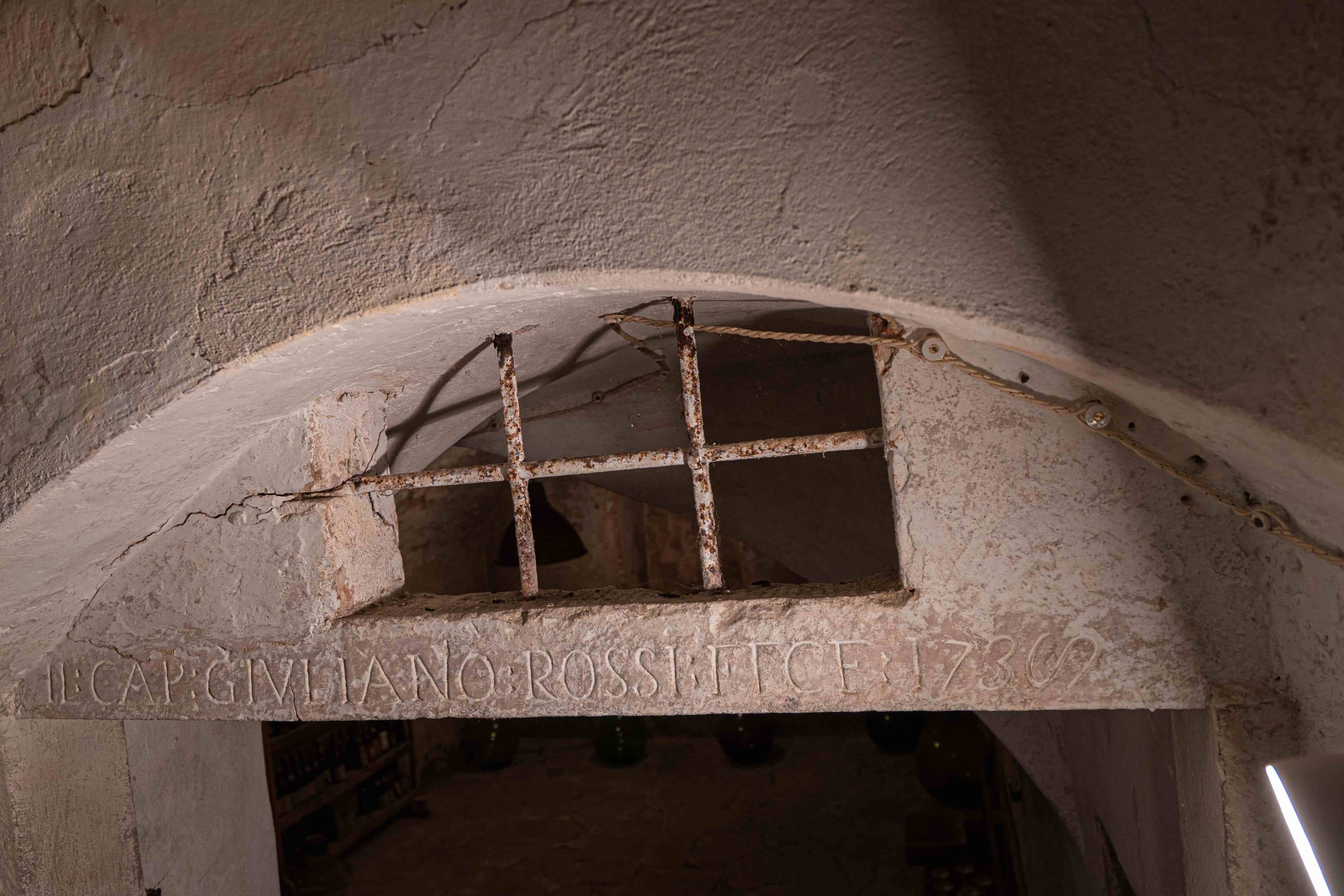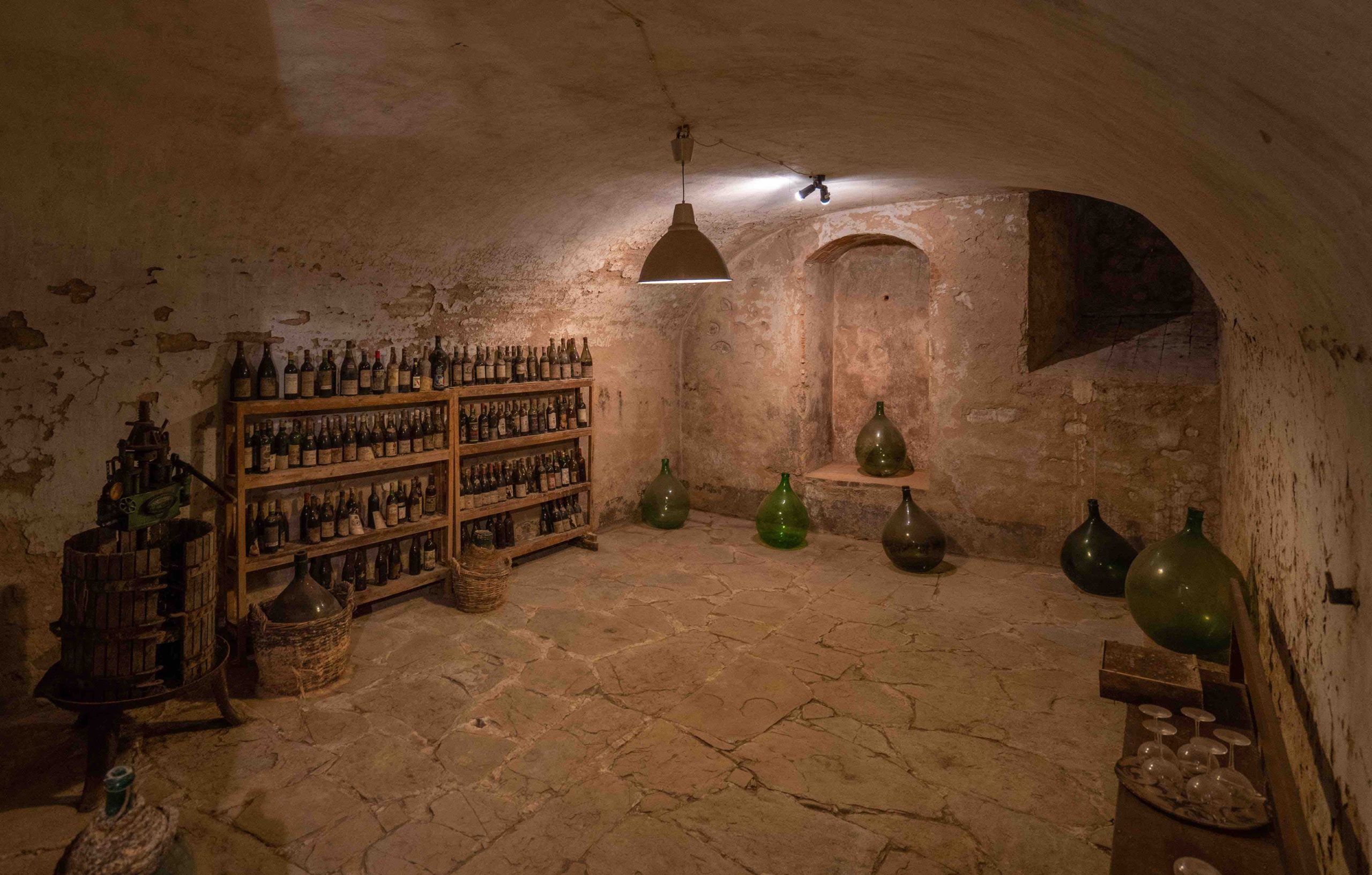History
The castle of Piantravigne of the Ghibellina dé Pazzi family from Valdarno
Villa Piantravigne is a historic residence from the 1600s
History
The villa, a historic residence from the 1600s, retains its charm intact thanks to a conservative restoration that has kept most of the original materials such as the handmade terracotta floors, the fireplaces, the frescoed ceilings and the wooden beams.
Whoever arrives at the village cannot help but notice that the town is as if suspended high up, surrounded by deep cliffs in parts. It is connected from both the south and north sides by two bridges, this can confirm the importance that place had at a time when the whole territory was being armed, very suitable for building a castle. In fact, there are citations of the village and its castle.
The castle of Piantravigne of the Ghibellina dé Pazzi family of Valdarno, companions of the family of the Count of Guidi, was part of the system of castles dedicated to the control of the Setteponti. Entered into the struggle that saw Florence and the Ghibelline families contending for this territory, it was conquered and lost several times by both sides.
It was occupied by the Florentines in 1288, a few years later in 1302 the population of the castle was provoked to rebel against Florence by Carlino dé Pazzi, who however then betrayed the people in exchange for the withdrawal of the ban, of all the death sentences pending on of him and the formal promise of a prize of 4000 gold florins.
After the betrayal, the doors of Piantravigne were opened, the blacks spread and many of those who fell into their hands were killed immediately, seven ended up on the gallows, one was buried alive, and others ransomed themselves by paying large sums, but most of those who had been captured were condemned to languish and starve in the Florentine prisons.
Florence regained possession of the castle.
The episode, in which Dante Alighieri speaks of Carlino dé Pazzi, of the branch of the ancient Tuscan house of the white Guelph party, who governed the castle of Piantravigne on behalf of the Florentine exiles, which the blacks were besieging, finds a hint in the canto XXXII, 69 of hell.
No trace of the castle remains today… However, the quadrangular plan and the shape of the streets, with the central square and the evident openings that indicate the position of the ancient gates, confirm the past use of the castled village.
The cellar of the villa…. states… it is what remains of the prisons of the castle.



